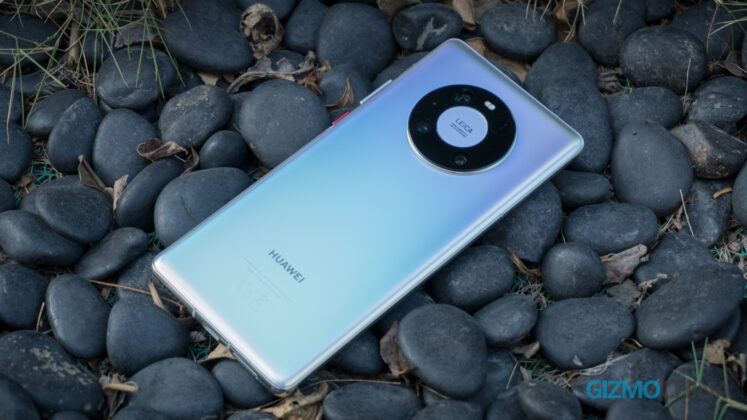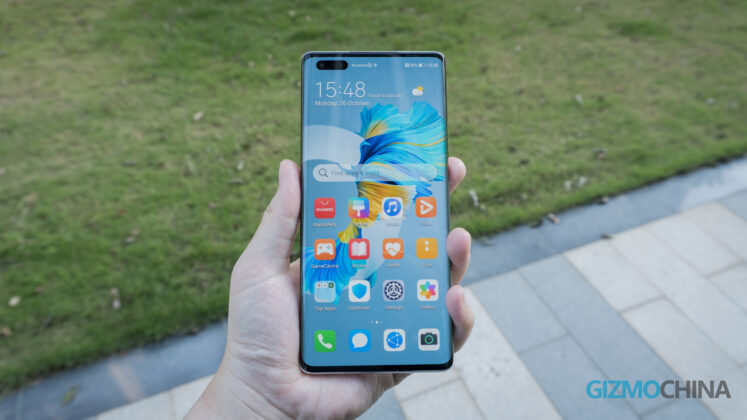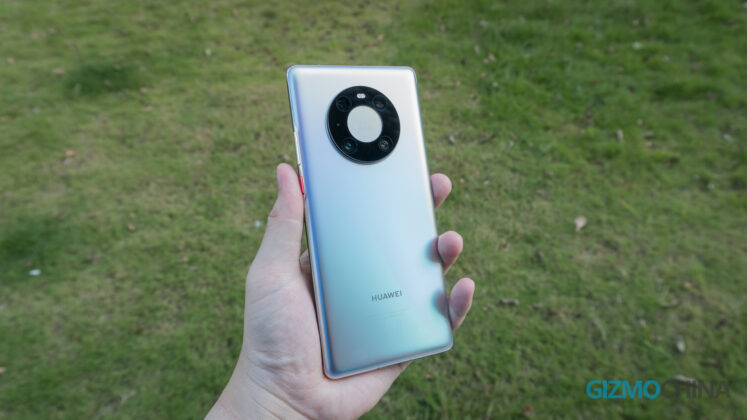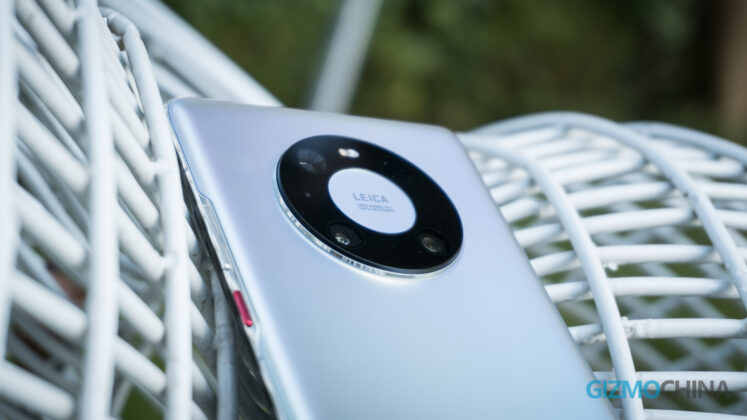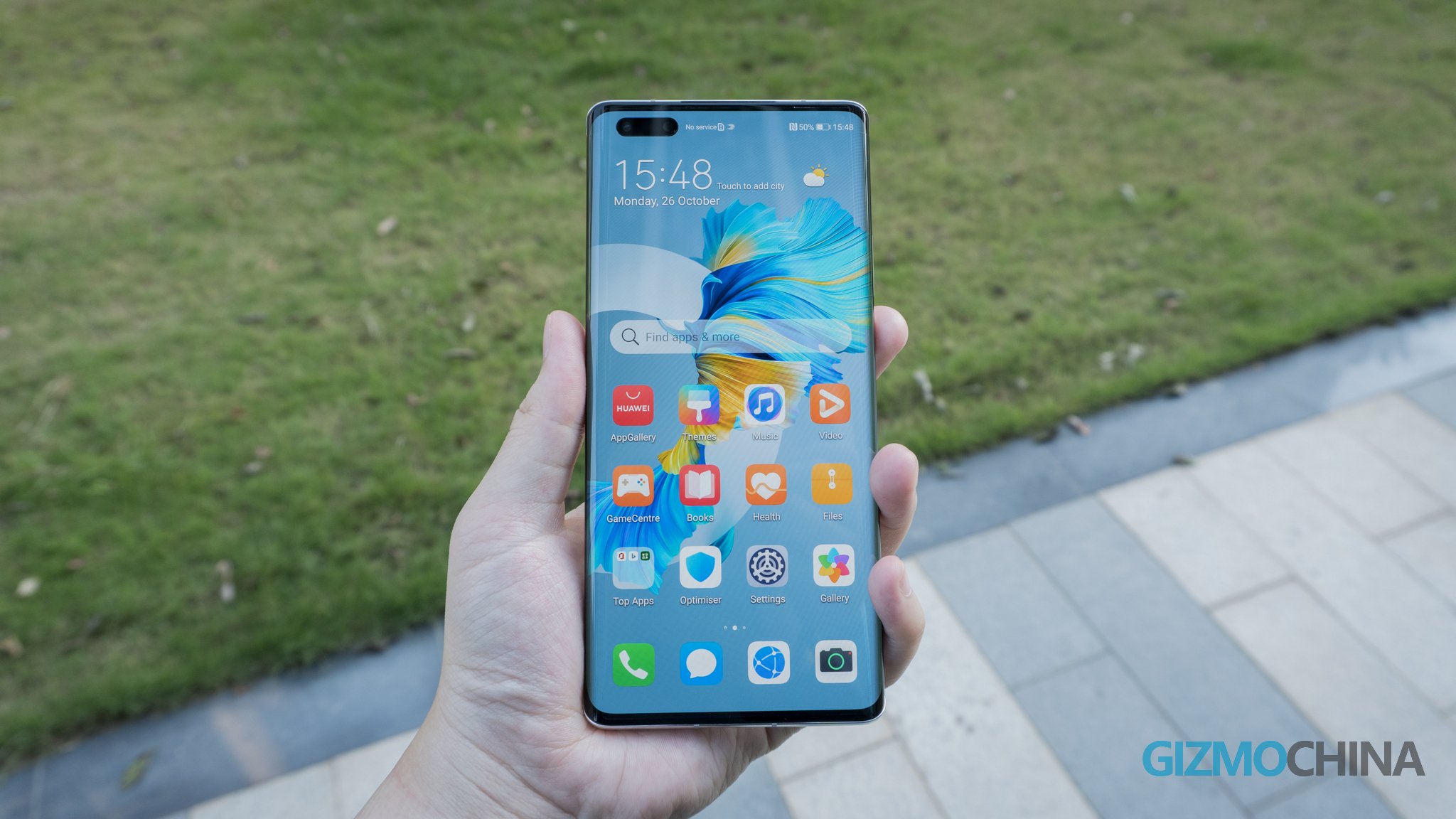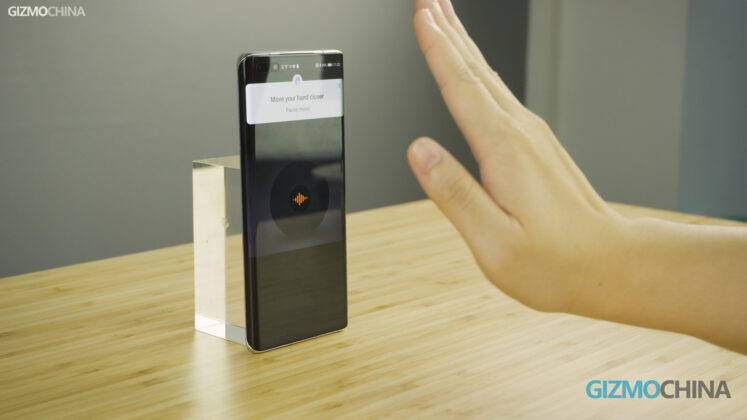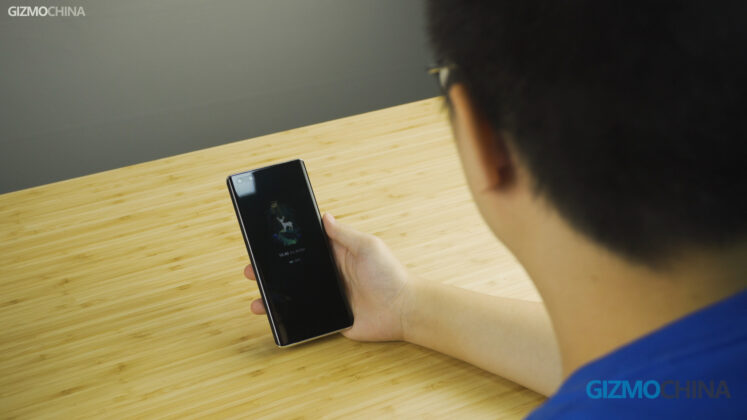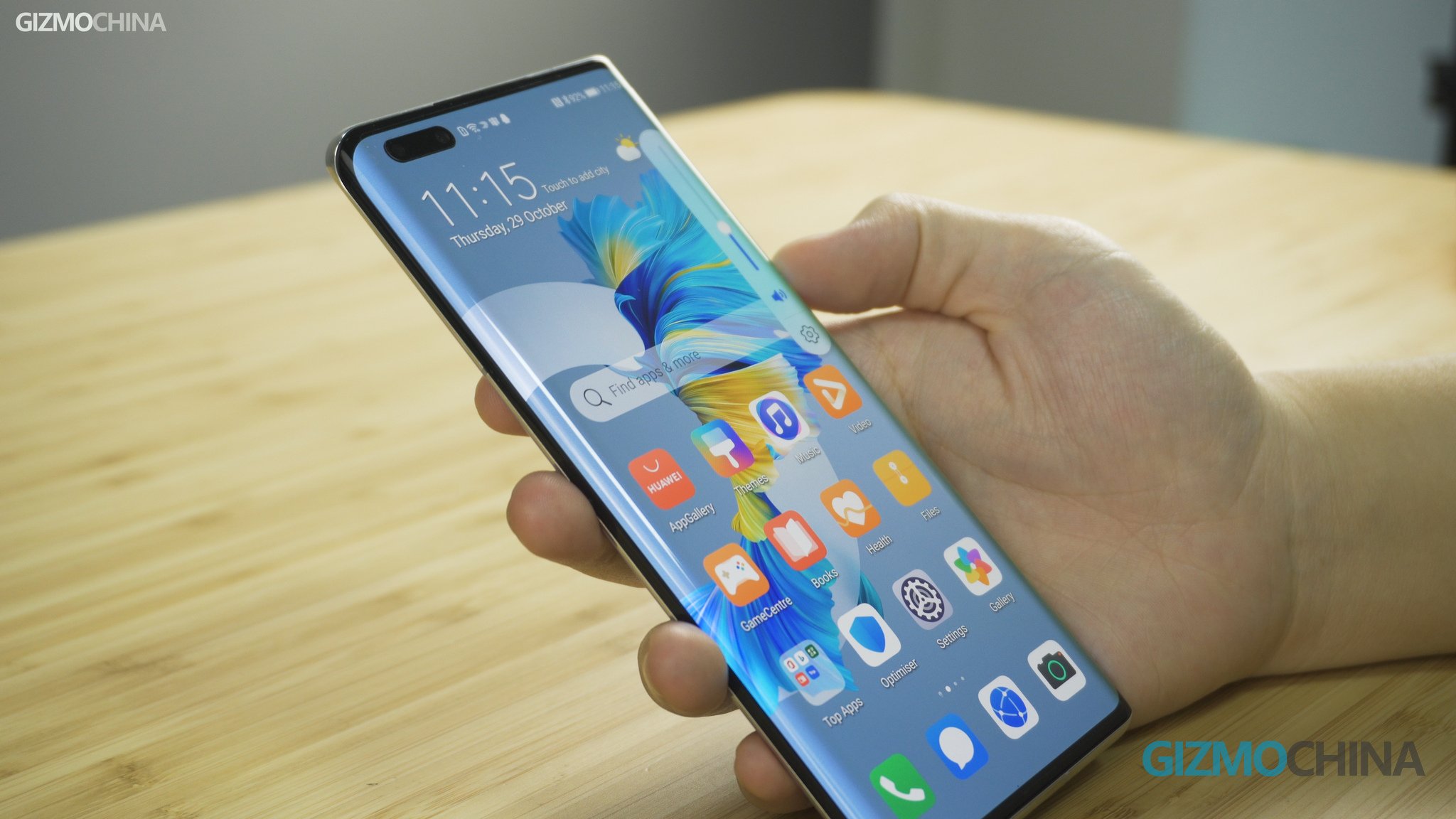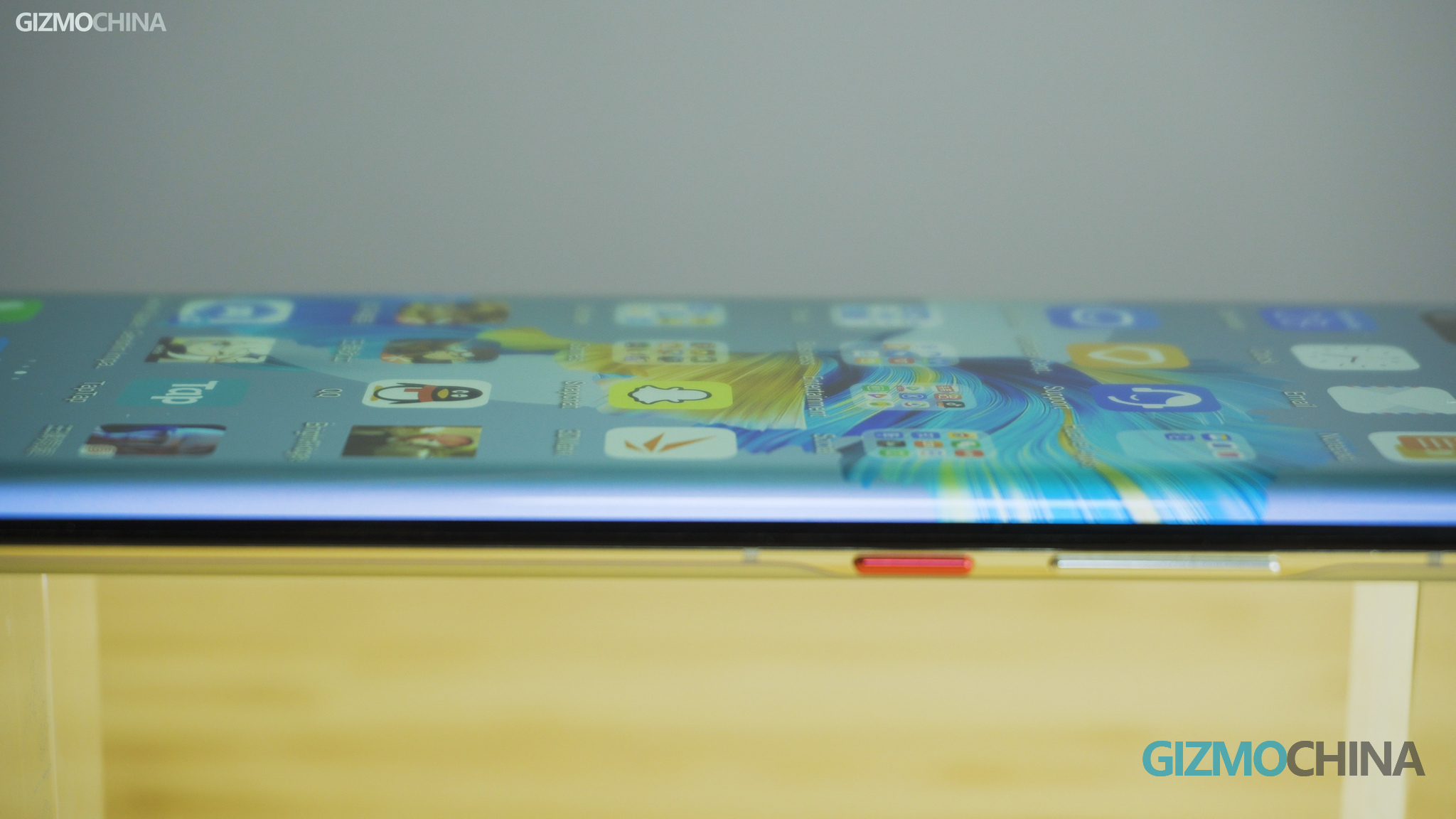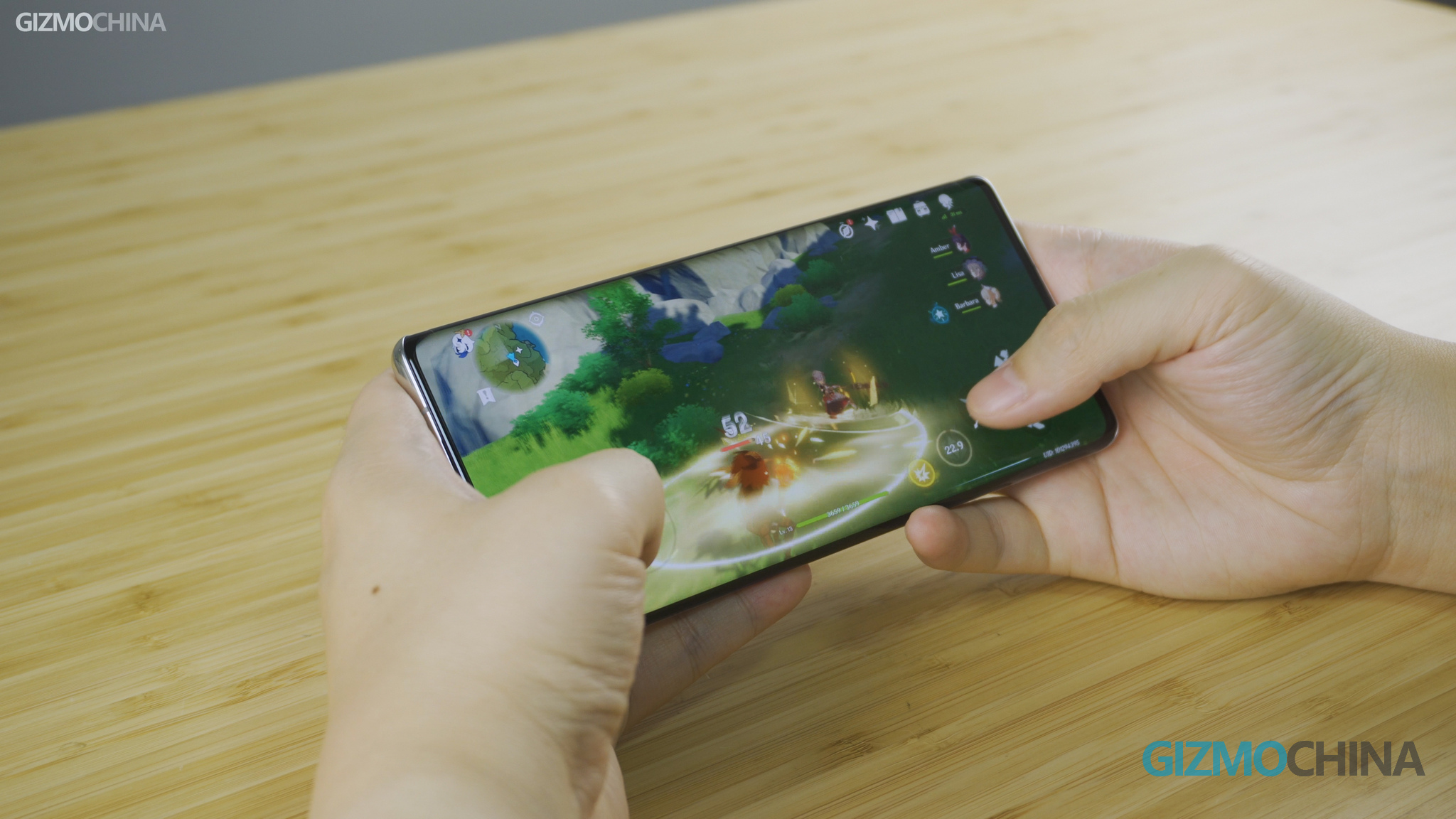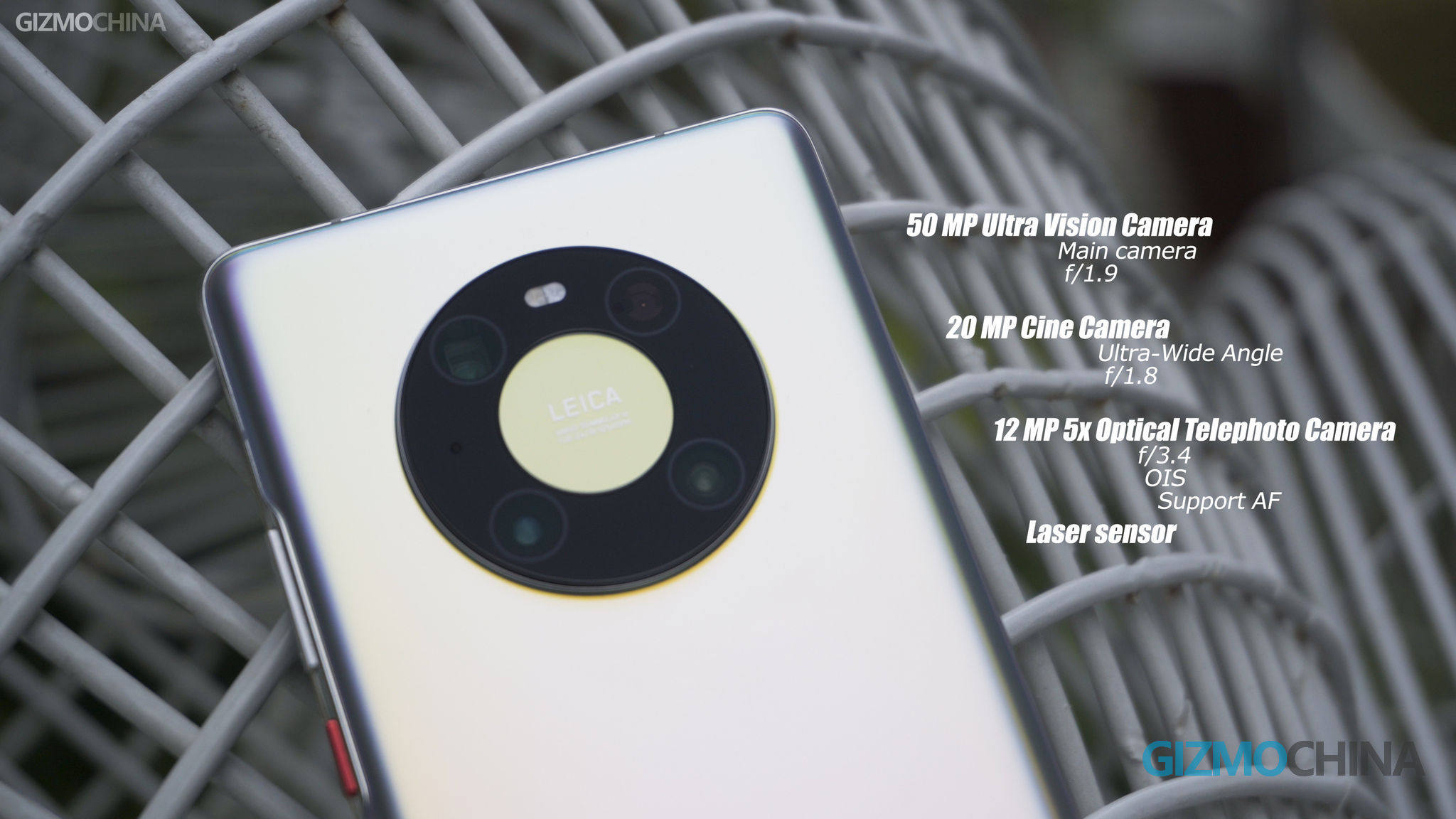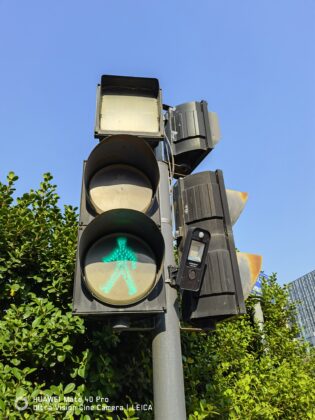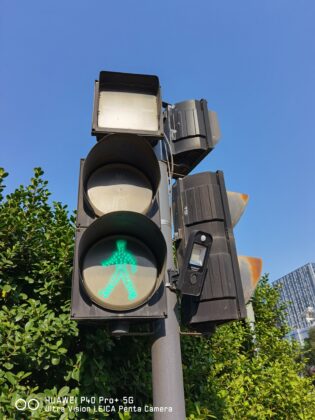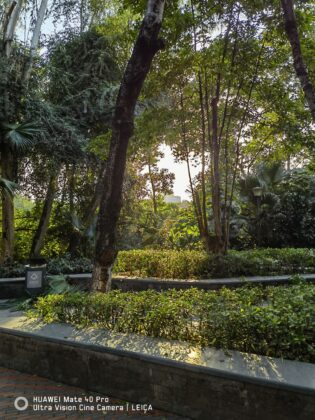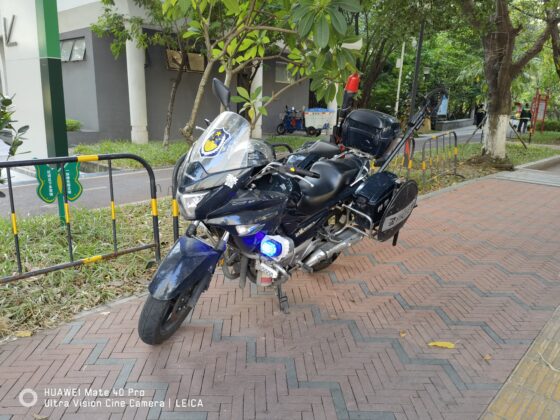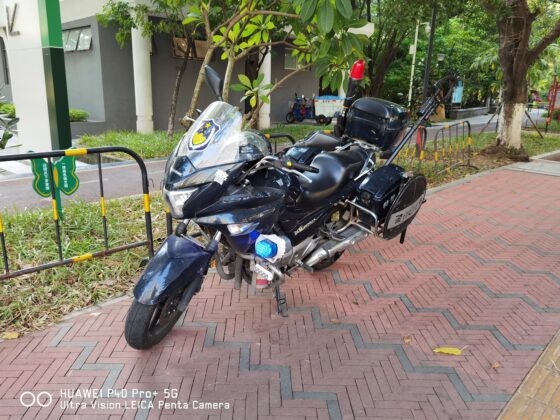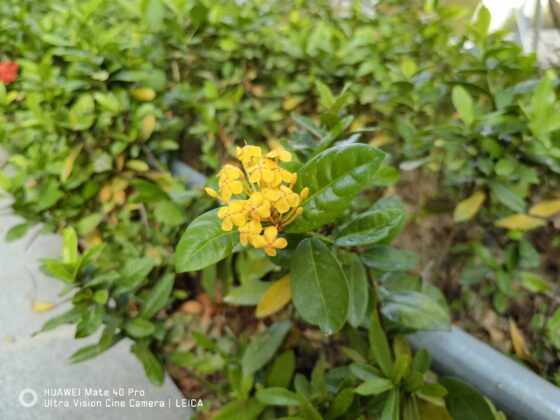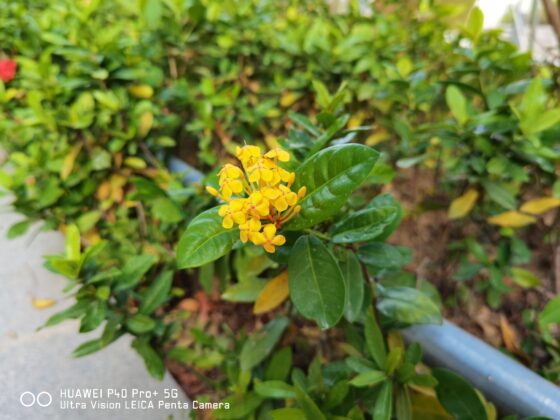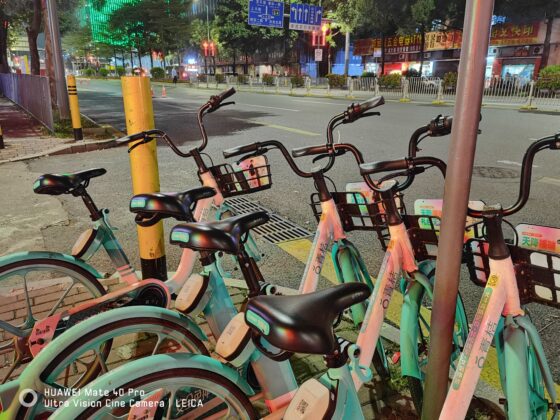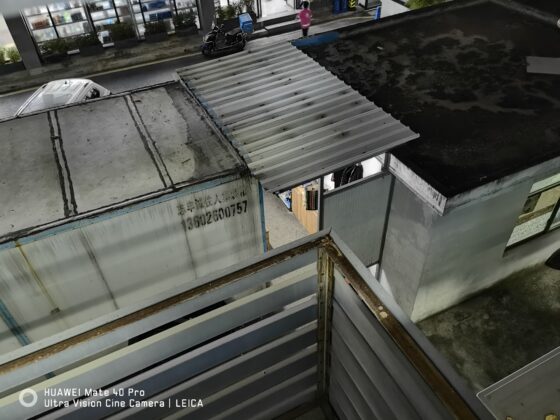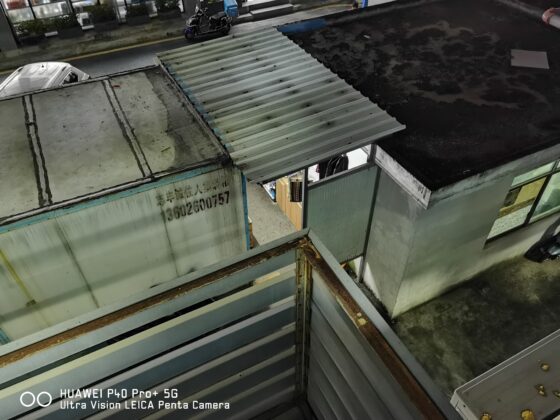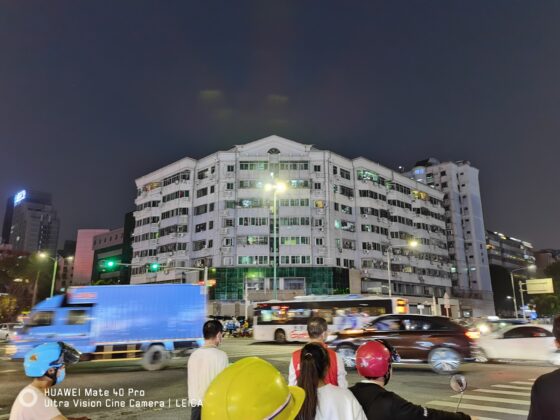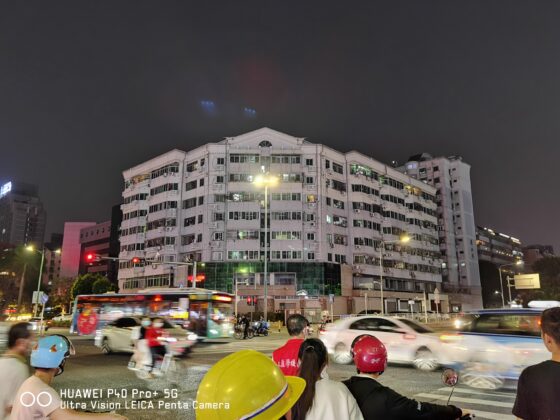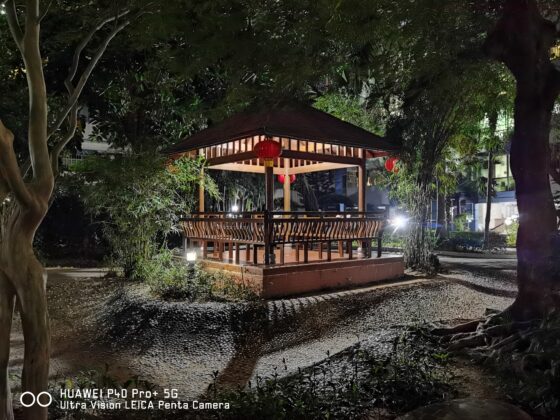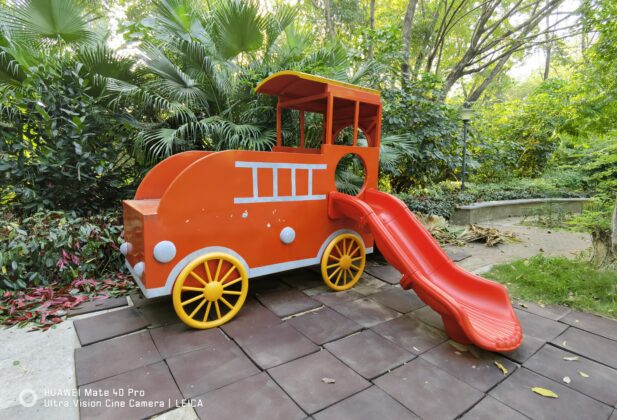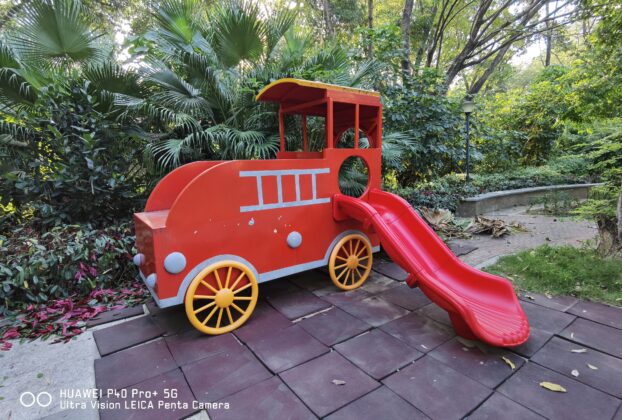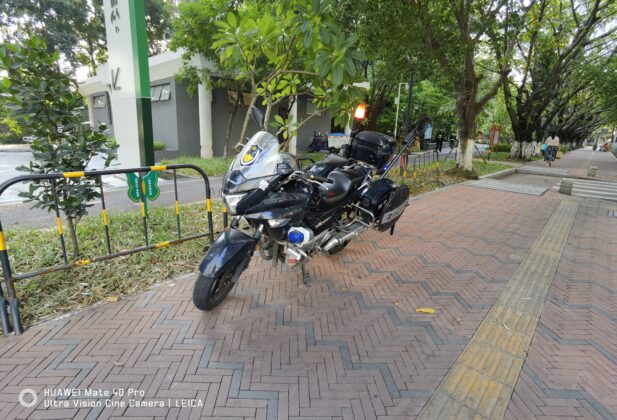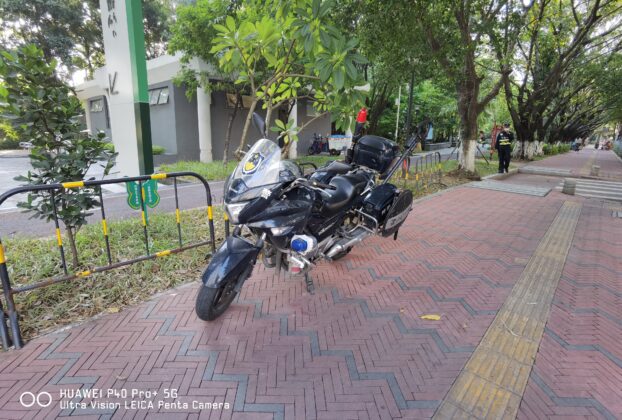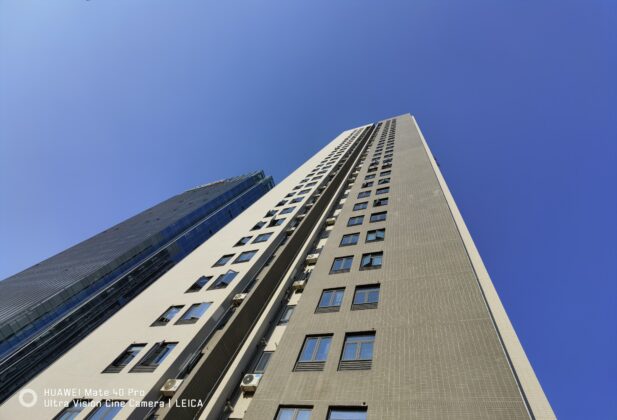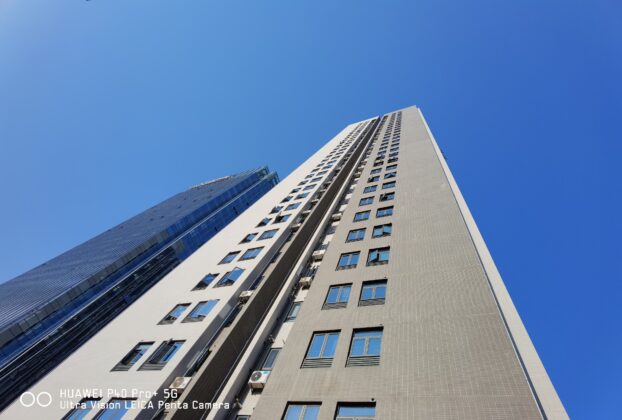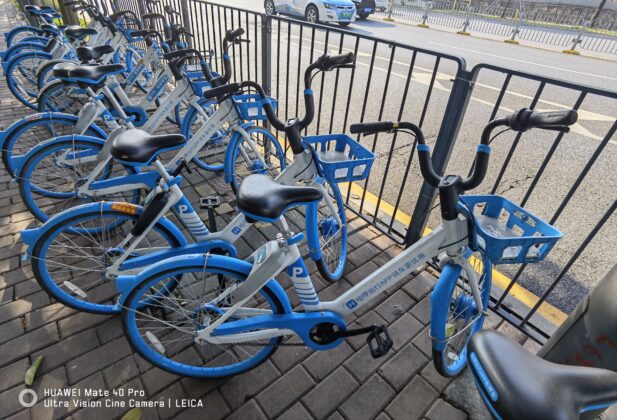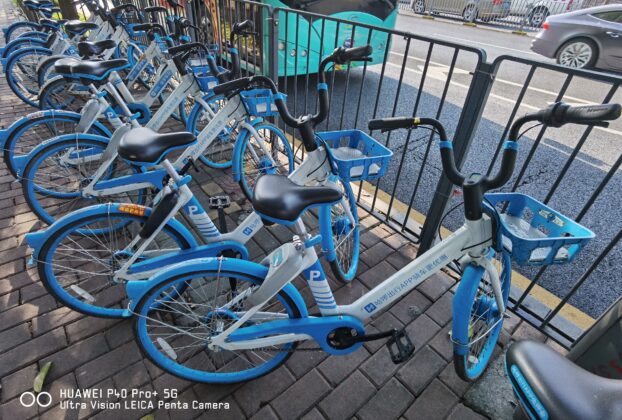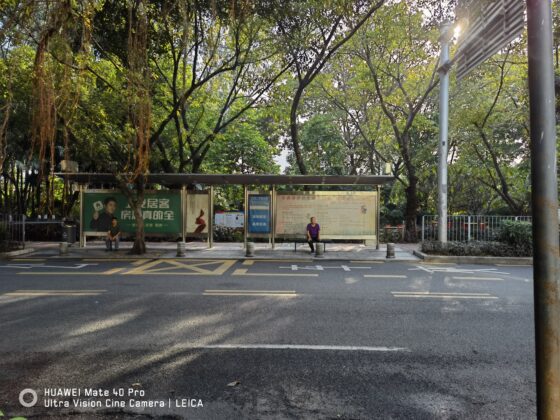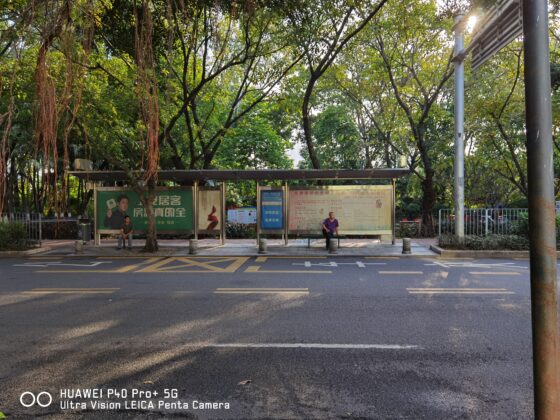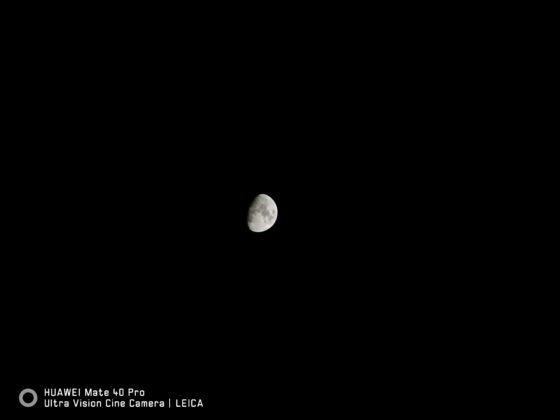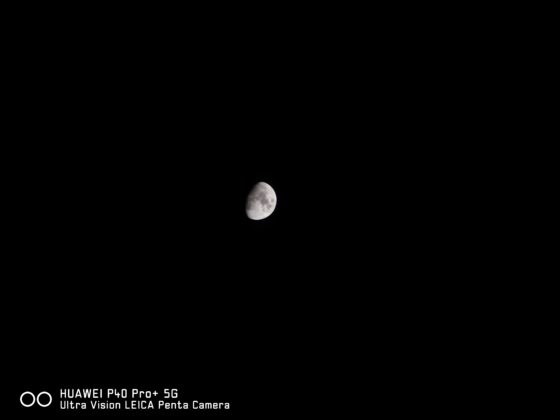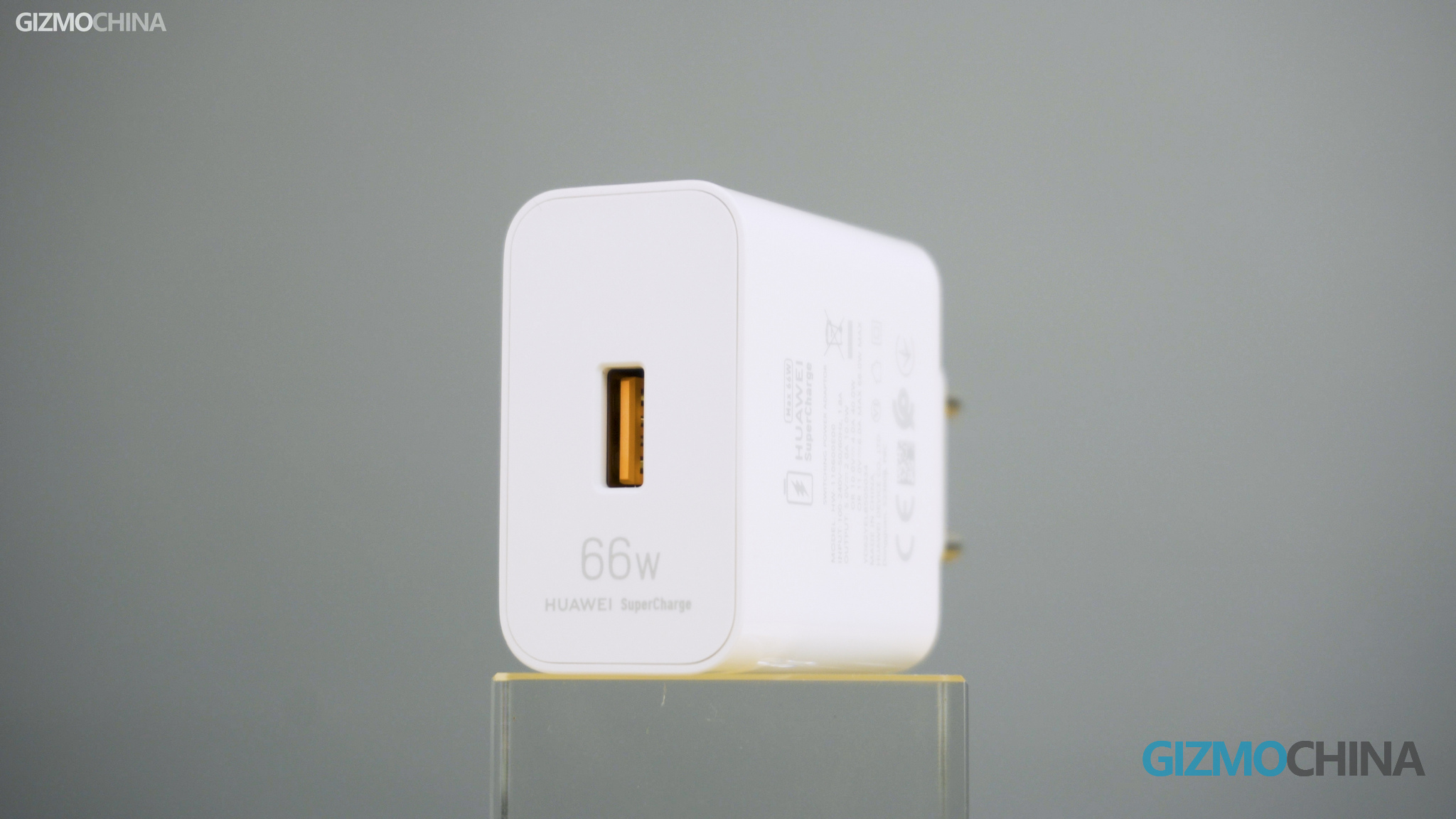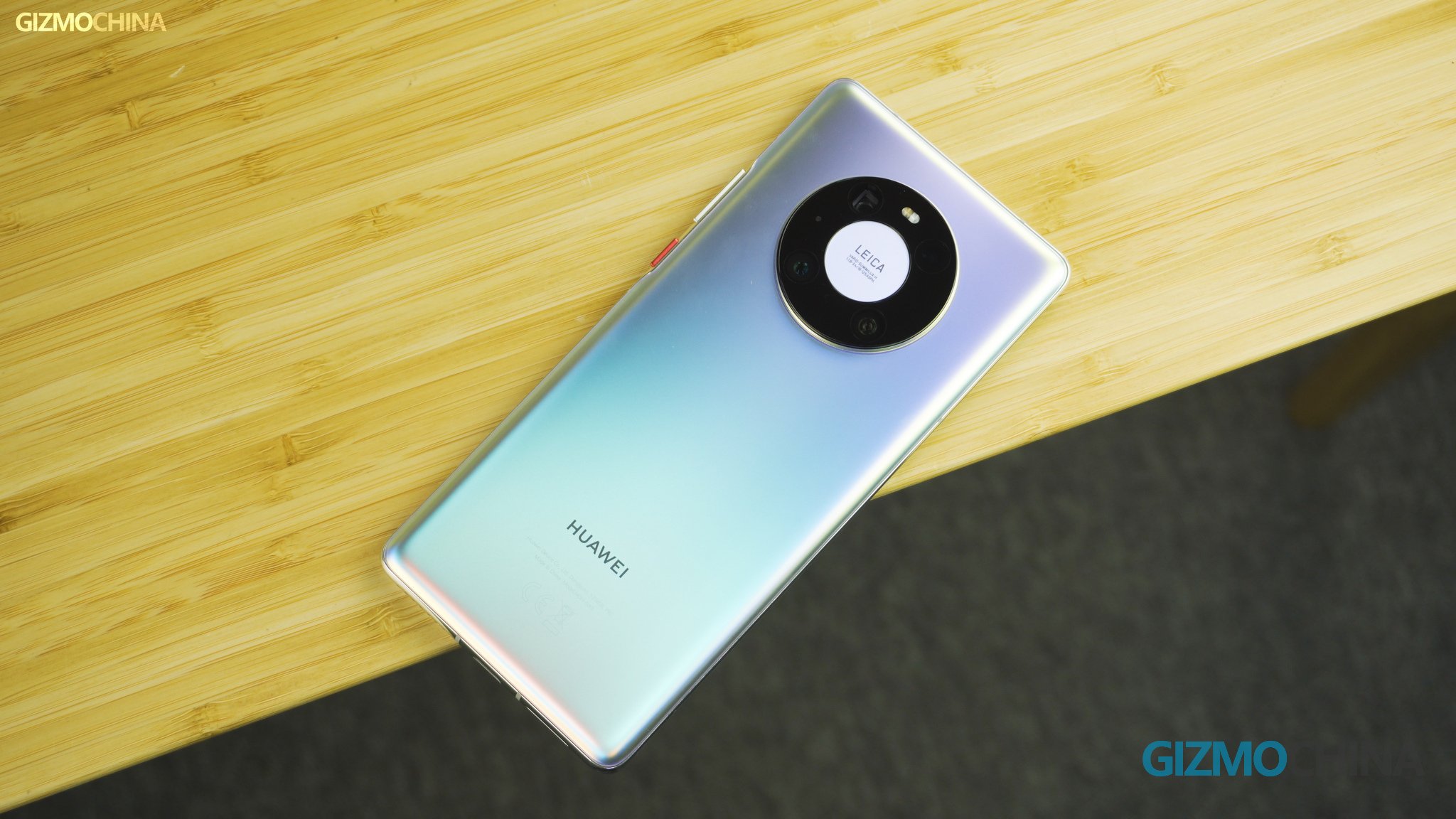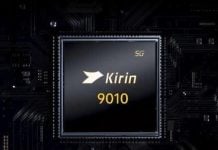The HUAWEI Mate 40 series has finally arrived. Since the latest ban from American Government came into effect in September, a lot of people were worried whether the Mate 40 could be released under such circumstances. Well, it seems that with controls in place throughout the supply chain, Huawei successfully brought back the latest Mate 40 with the most powerful chipset for Android to date, the Kirin 9000 5G. When compared to its predecessor the phone comes not just with the upgrades in terms of processing power, but also with another important upgrade — the camera system.
The model in our hands is the Mate 40 Pro. We’ve used it for a few days. Let’s find out what’s new and upgraded in the latest Huawei flagship. Before that, you can read our initial hands-on with the Mate 40 Pro here.
Huawei Mate 40 Pro Review: Design & Display
First, let’s look at its appearance. The Mate 40 Pro has inherited the round camera combination of the Mate 30 series but has made some small changes in the design department. It comes in a unique space ring design with the cameras inside the circular housing and the Leica logo at the center. And the model we have is a Mystic silver version using Anti-glare-glass technology. The matte finish creates reflective gradients of light and color without being over-dazzling. Otherwise, there are 5 different color models for you to choose from like pure-toned white and black models, and 2 other crafted vegan leather models in orange and green.
And the front is an edge-to-edge 6.76-inch curved display, featuring a super wide-angle punch-hole selfie camera with a gesture sensor. The setup with the additional sensor is pretty unique, but this also means that the punch-hole occupies a much larger area than most smartphones released in 2020. If you dislike the punch-hole as much as I do, hiding the cutout using the software could be a decent solution to this.
With the gesture sensor, the Mate 40 Pro supports some simple touch-free gesture operations, including the interesting AOD feature which only lights up when you look at the screen.
And talking about the display, to be honest, it’s not industry-leading as its other components like the cameras and the Kirin 9000 5G processor. The OLED display features a 1080P+ resolution and 90Hz refresh rate with a 240Hz touch sampling rate, which is good but probably not high-end enough for a 2020 Pro flagship phone. But with the 88 degrees of edgeless curvature, the display does have a strong visual appeal as compared to its flat-screen rivals.
Huawei has also added back physical volume buttons on the new model. So you have physical power and volume buttons on the right side of the Mate 40 Pro. But you can still double-tap on either display edges to pop up the volume slider via software.
Huawei Mate 40 Pro Review: Hardware
In the Mate 40 series, I think the most important upgrade is the brand new Kirin 9000 chipset, which is the first 5nm processor with integrated 5G developed for smartphones. The Octa-core CPU is led by a big core clocking at 3.13 GHz. The 24-core Mali-G78 GPU technically offers higher performance and better power efficiency than the last generation flagship chipset from the brand.
We tried several games on the Mate 40 Pro. Indeed, the chipset could provide extraordinary gaming performance, but so far, we are still waiting for important updates in its software that’ll enable the best performance it can provide. Once Huawei sends out the final software unleashing its full performance, we will show you the full gaming data in a detailed gaming review.
Another detail that is worth noticing is the dual stereo speakers. No matter for media playback or gaming, the immersive experience of the speakers is pretty impressive.
Huawei Mate 40 Pro Review: Cameras
Another highly anticipated upgrade is the cameras. The rear combination mainly contains 3 working cameras and one laser sensor: one 50MP main camera with f/1.9 aperture, a 20MP Wide-angle cine camera with f/1.8 aperture, and another 12MP telephoto camera supporting 5-times optical zoom. The assistant laser sensor doesn’t do imaging work but can support faster and accurate focus for the other cameras.
And let’s have a quick look at the camera samples. Here, we take the HUAWEI P40 Pro Plus as a reference, and let’s check out what is improved on the Mate 40 Pro.
First, let’s look at the main camera. Well unsurprisingly, under good lighting conditions, the samples shot on its main camera is almost the same as the P40 Pro Plus, whether in terms of their Leica color optimizations, or the great resolution generated from the same 50MP sensor. While there is no significant difference in the primary cameras of these two models, we still want to mention that the AI color strategy on the Huawei Mate 40 Pro is more accurate to real-life colors and looks a bit closer to true tones. But the end of the day, this is going to be about individual preference, whether you like it more saturated or closer to real-life colors.
But when I moved on to night scenes, the gap got a bit obvious. Thanks to the OIS stabilization system, the night photos on the P model were more stable for hand-held photography. However, most night samples had sharper image detail and quality on the Mate 40 Pro. On the other hand, because of the lack of OIS, we had to be more careful using the 5-second capture option to avoid camera shake. But once we were successfully accustomed to the camera shake, the Mate model managed to capture the night photos with correct exposure levels and rich details.
But right now, the Mate 40 pro in our hand is using a non-commercial software version. There will be an update coming soon for improving the camera performance, so we are also looking forward to the new software optimization for the main camera’s night capture. And we found that if we had stable hands during shooting, the image quality of the night samples shot on the Mate model is even better than the P40 Pro Plus featuring excellent exposure.
As for the wide-angle camera, most of the samples shot on the Mate model have more accurate color reproduction. It seems that no matter for the main camera or the wide-angle camera, the camera AI is obviously improved and smarter than what we have on the P40 Pro Plus.
And the most significant improvement of the wide-angle camera performance is night capture. The low-saturation issue during night photography on the P model is fixed on the new Mate model. The samples shot on the Mate 40 Pro reserved richer colors and better details with sharper images.
Huawei claimed that they optimized their anti-distortion algorithm on the Mate 40. We could not really perceive the improvement with our eyes, although it did have an excellent anti-distortion effect in general.
These two models have different setups for telephoto cameras. The P40 Pro Plus comes with 2 telephoto cameras supporting 3-times and 10-times optical zoom, respectively, while the Mate 40 Pro is equipped with a single 5-times zoom telephoto sensor. But surprisingly we found that the Mate40 Pro did not fall behind its P-series counterpart. From the 3-times zoom sample, the image generated by the main camera of the Mate model has good detail and reserves excellent contrast. On the other hand, the P model’s sample is a bit better in terms of image sharpness.
In the 5-times zoom department, the Mate 40 Pro model clearly took the lead. It has much higher saturation and more accurate color reproduction. And the 12MP resolution of this 5-times zoom camera also guarantees better clarity. And when we move on to the 10-times zoom samples, the P model, unsurprisingly, claimed its dominance. Indeed, the P model’s sample has slightly better detail and more reliable exposure. But the Mate’s samples didn’t fall behind too much in image clarity.
And we also tried night photography using the telephoto cameras. The night performance of the Mate model’s telephoto camera is much better than what we had expected. It managed to capture excellent photos with good noise control and sharpness than what we got on the P series model. Whether it was for the 5-times or 10-times zoom samples, the Mate model’s night camera production is clearly superior to the P40 Pro Plus.
As for its videography skills, both of them can shoot up to 4k 60fps video. Check out our review video (added at the top of this Mate 40 Pro review article) to see for yourself how both of them fare in the videography department.
The Mate 40 Pro also has better battery performance and faster-charging efficiency.
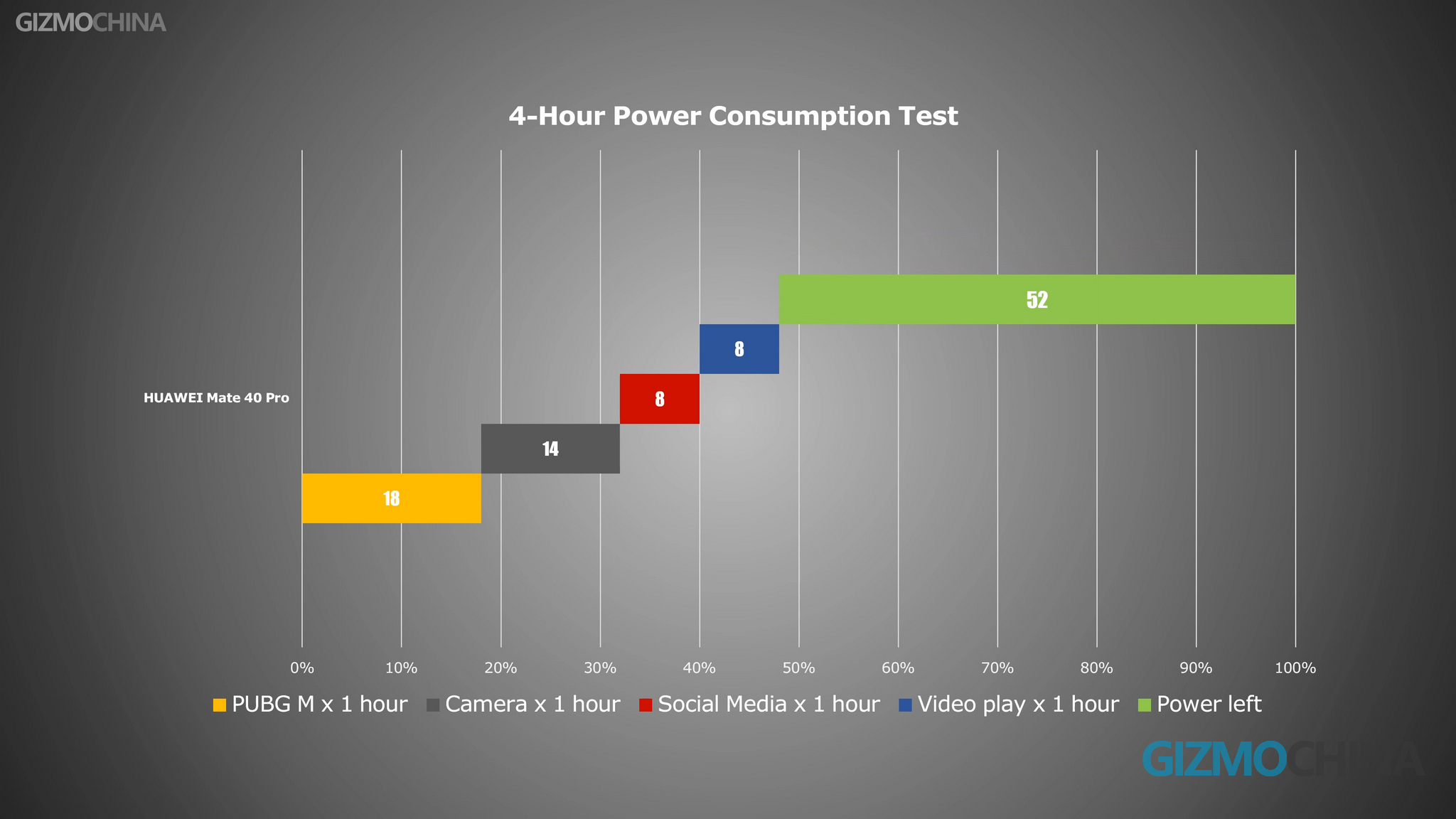
To learn more about its battery performance, we did a 4-hour power-consumption test connected to the 5G network. In one-hour of PUBG gaming, it consumed 18% of the power. Another 14% power dropped after an hour of camera use; 8% after one hour of social media use and a further 8% drop in the battery after one-hour of video playback. After the test, there was 52% of power left.
The new charging solution brings 66W charging efficiency for wired charging and 50W wireless charging. In the full-charge test, it took us 45 mins to get to 100% in wired charging.
Huawei Mate 40 Pro Review: Verdict
As the most influential Android phone released in the second half of 2020, the Mate 40 series still successfully completed its mission of bringing industry-leading hardware to the Android world, even under great pressure from the US ban. Although the Mate 40 pro is not an all-round-leading flagship, Huawei has still maintained its industrial-leading position with its fantastic camera system. Compared to the iPhone’s camera strategy, Huawei is more focused on making mobile photography and filming more delightful for ordinary users instead of serving professionals.
So this was our first part of the Mate 40 pro review on Gizmochina. Of course, the full review of this beast isn’t complete without a full-scale camera competition with the other top camera flagships in the market. Just tell us below which models you want to see in the upcoming camera comparison.
UP NEXT: Huawei Mate 40 series is the first of its kind to support hardware wallet for China’s Digital Currency

